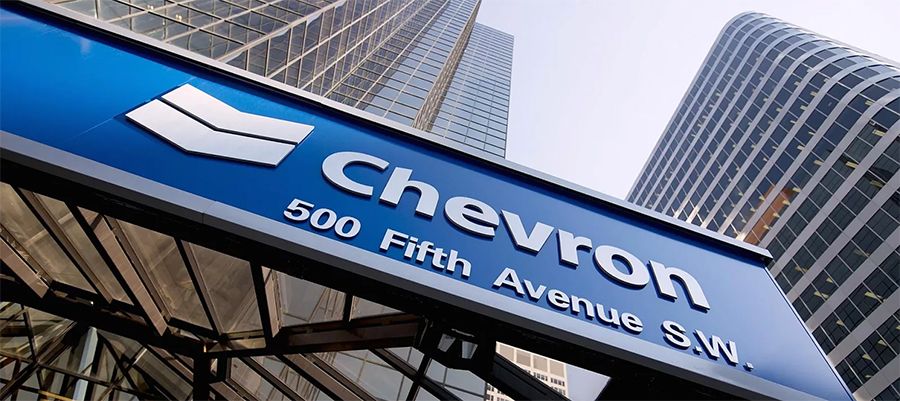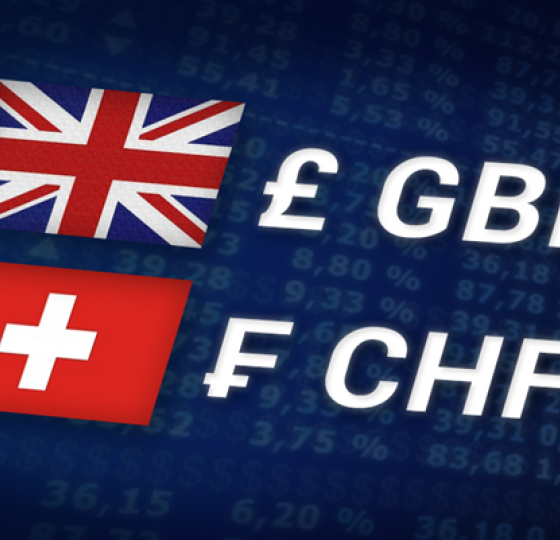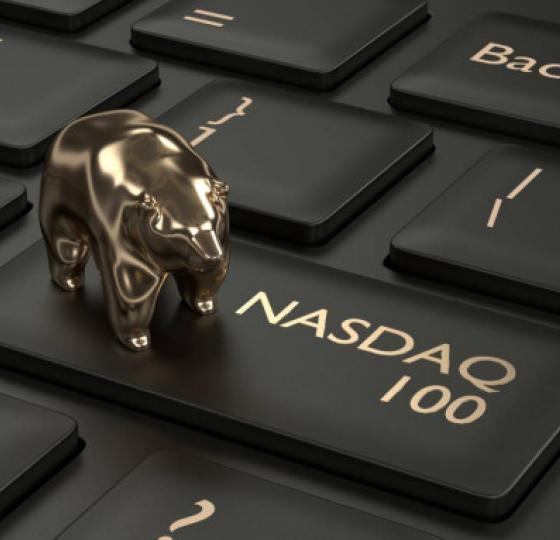
Source: PaxForex Premium Analytics Portal, Fundamental Insight
Chevron has opted to stay committed to its core operations, focusing on oil and natural gas production instead of transitioning toward renewable energy like some European energy companies. Some investors might see this as a short-sighted move, given the rise of renewable energy. However, the idea that oil and natural gas will become irrelevant anytime soon is unlikely, especially in the next decade.
As an integrated energy company, Chevron operates across the entire energy spectrum. It extracts oil and natural gas (upstream), transports these resources (midstream), and refines them into fuels and chemicals (downstream). While the prices of oil and natural gas primarily drive its earnings, Chevron's diversified asset portfolio helps it weather the ups and downs of the commodity market. This makes Chevron a reliable choice for investors, especially with its solid 4.5% dividend yield, which can even rise to over 6% during tough times. Investors with a value-oriented strategy might find opportunities by buying during downturns. Additionally, Chevron's consistent dividend growth over 37 years makes it an attractive option compared to the S&P 500's current yield of just 1.2%.
A significant strength of Chevron is its strong balance sheet. With a low debt-to-equity ratio of 0.15, it can take on more leverage during challenging periods, allowing it to sustain both its operations and dividend payments. Once the energy market rebounds, Chevron reduces debt in preparation for the next downturn.
While the rise of clean energy poses a long-term challenge, it is unlikely to significantly impact Chevron's business in the near term. Historically, energy transitions take time. For example, biomass was the primary energy source 200 years ago and remains in use today, despite the shift to coal 100 years ago and then to oil and natural gas in the mid-1900s. Solar and wind power, though growing, still represent a small fraction of global energy consumption. Forecasts from key industry players like OPEC, the EIA, and the IEA project that oil and natural gas will remain crucial through 2045 to 2050. Even the most pessimistic scenarios indicate these fuels will still be essential in the coming decade.
Chevron's size, global presence, and financial stability position it to continue rewarding its shareholders with steady dividends over the next decade and beyond.
One of the driving forces behind sustained energy demand is the world’s growing population, which is also improving in terms of socioeconomic status. For instance, between 1990 and 2021, China’s energy consumption surged by 357%, and India’s by 158%. As these nations advance, their energy needs rise, contributing to better living standards.
Although Chevron focuses on carbon-based fuels, these very fuels have been instrumental in raising living standards worldwide. As countries like China and India continue to develop, they will increasingly adopt renewable energy while still relying on oil and natural gas. This is why Chevron remains focused on producing these traditional energy sources, with a future that looks promising for at least the next decade, and likely beyond.
As long as the price is above 147.00, follow the recommendations below:
- Time frame: D1
- Recommendation: long position
- Entry point: 150.76
- Take Profit 1: 155.00
- Take Profit 2: 159.00
Alternative scenario:
If the level of 147.00 is broken-out, follow the recommendations below:
- Time frame: D1
- Recommendation: short position
- Entry point: 147.00
- Take Profit 1: 143.00
- Take Profit 2: 140.00













